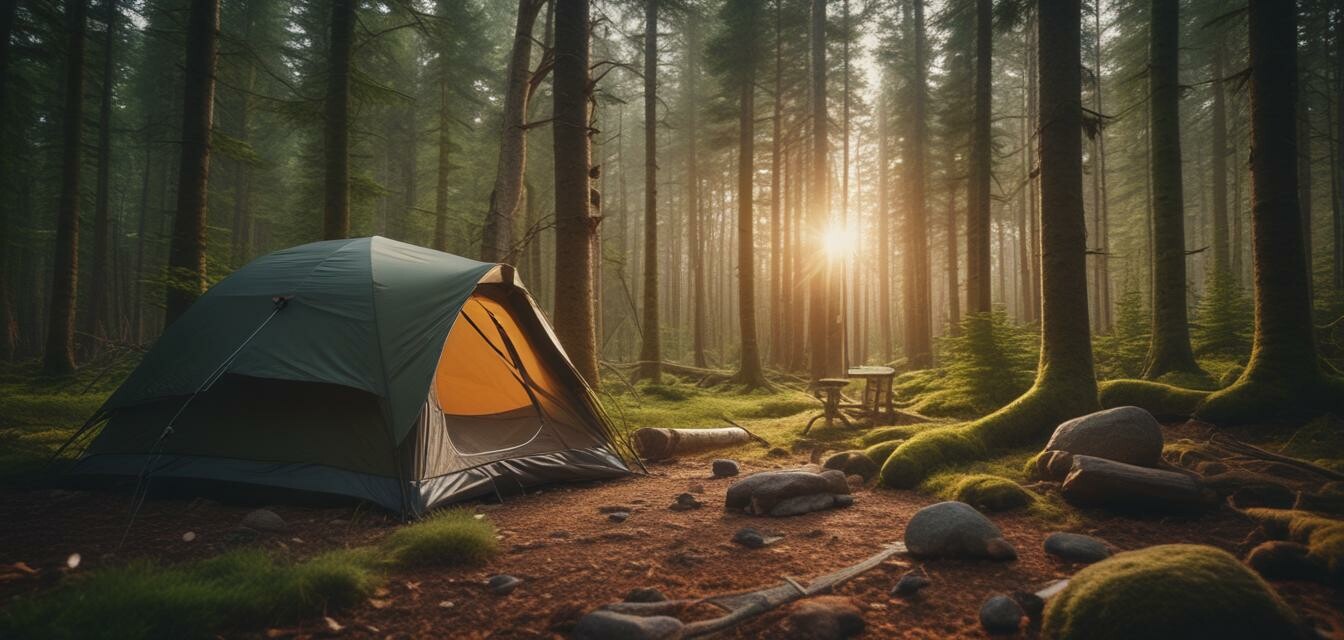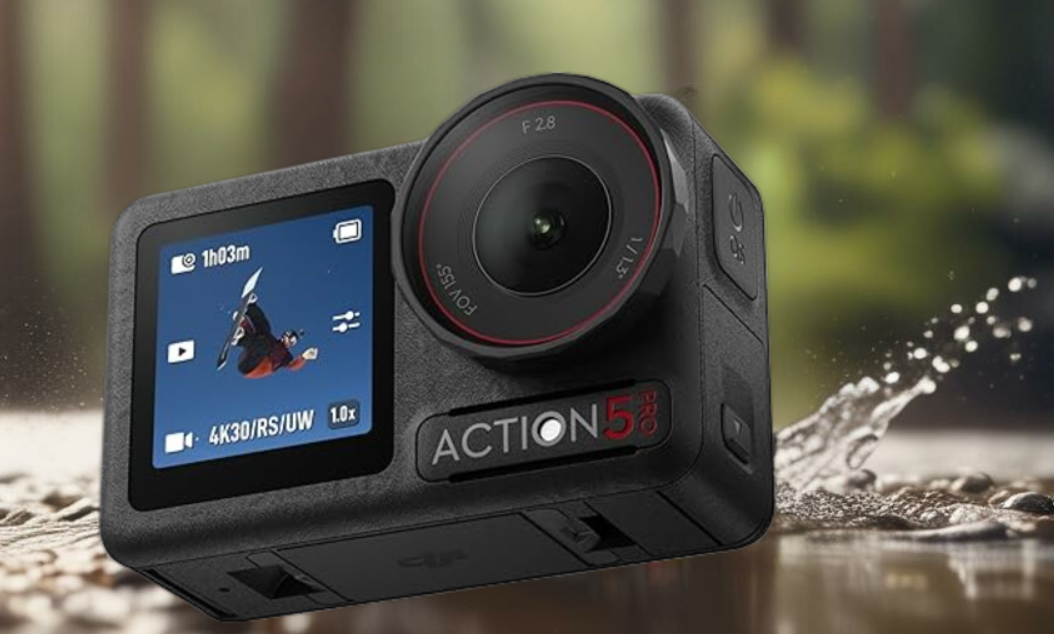
As an Amazon Associate, I earn from any qualifying purchases, at No Extra Cost to You.
The Influence of Comfort on Outdoor Gear Choices
Key Takeaways
- Comfort significantly affects outdoor gear purchasing decisions.
- Backpackers prioritize comfort in clothing, footwear, and seating options.
- Innovative designs enhance comfort without compromising functionality.
- Eco-friendly materials are becoming popular for comfort-focused gear.
- Finding the right balance between weight and comfort is crucial for backpackers.
Backpacking isn't just about connecting with nature; it's about how we experience that connection. As more individuals dive into the world of backpacking, the emphasis on comfort in outdoor gear choices continues to grow. Whether it's the clothing we wear, the backpacks we carry, or even our sleeping arrangements, comfort plays a pivotal role in enhancing our outdoor adventures. In this article, we will explore how comfort influences the choices backpackers make, and we’ll highlight some emerging trends in gear that prioritize this essential factor.
The importance of comfort in gear selection
Comfort is subjective and can vary between individuals, but when it comes to outdoor gear, certain elements consistently stand out. Here are some critical areas where comfort deeply influences choices:
- Clothing: The right apparel can make a huge difference in overall comfort. Breathability, fit, and insulation are key factors.
- Footwear: A comfortable pair of hiking boots or shoes can prevent blisters and fatigue, keeping adventurers on their feet longer.
- Backpacks: Weight distribution, padding, and adjustability can significantly affect how comfortable a backpack feels over long distances.
- Seating: Lightweight chairs or cushions can greatly enhance comfort during breaks or at campsites.
Comfort vs. function
The age-old debate of comfort versus function is particularly prominent in the gear selection process. Many backpackers are tasked with finding a balance between lightweight options and gear that ensures comfort during their trips. Here’s how they usually approach this dilemma:
| Aspect | Comfort-Oriented Gear | Function-Oriented Gear |
|---|---|---|
| Packing weight | Heavier due to more padding and comfort features | Lightweight, but can compromise comfort |
| Durability | Can be durable, but often softer materials are used | High durability with sturdier materials |
| Usability | Ease of use might be enhanced through added features | Functionality might require more effort to set up or use |
| Cushioning | Extra cushioning in seating and footwear | Less cushioning for weight savings |
Emerging trends in comfort-focused gear
With the backpacking community growing and evolving, several trends are emerging that highlight the importance of comfort:
- Sustainable materials: As environmental consciousness increases, gear made from eco-friendly materials is making its way into the market. These options also tend to be softer and more comfortable, appealing to a broader audience.
- Customizable options: Gear that can be tailored to individual preferences often enhances comfort. This includes adjustable backpacks and modular clothing systems.
- Technology integration: Features such as moisture-wicking fabrics and temperature-regulating gear are becoming standard, enhancing comfort during varying weather conditions.
- Minimalists vs. maximalists: While some backpackers are moving towards a minimalist approach, others are adding comfort-focused gear to their packs, turning away from the less is more mentality.
Conclusion
In today's backpacking landscape, comfort is more than just a luxury; it's an essential part of making the outdoor experience enjoyable and memorable. As backpackers increasingly prioritize comfort in their gear choices, manufacturers are stepping up with innovative solutions that meet these demands. To dive deeper into backpacking gear and trends, check out our other articles on backpacking news and buying guides.
Related resources
If you want to learn more about specific categories of outdoor gear that emphasize comfort, check out these sections:
Pros
- Improved overall hiking experience.
- Enhanced focus on eco-friendly materials.
- Comfort-forward designs lead to innovation in gear.
- Convenience with customizable features.
Cons
- Comfortable gear can be heavier.
- Potentially higher cost for comfort-oriented products.
- Overemphasis on comfort might lead to sacrificing functionality in some cases.
